The West Africa Network for Peacebuilding (WANEP) has signed a new agreement with the Sentinel Project, a Canadian-based non-governmental organization focused on preventing mass atrocities through early warning systems, cooperation, and innovative technology. The agreement was signed by the Deputy Executive Director of WANEP, Mr. Ifeanyi Okechukwu, and the Executive Director of Sentinel Project, Mr. Christopher Tuckwood at the end of a three-day meeting held from May 12 to May 14 at WANEP’s headquarters in Accra.

The initiative, titled “Localized Early Warning to Build Communal Resilience and Counter Violent Extremism in Burkina Faso and Benin,” aims to address issues related to violent extremism, rumors, and disinformation in the region.
The initiative will establish a localized early warning system (EWS) to facilitate timely responses in the border areas of Burkina Faso and Benin, which is essential for promoting community stability and human security. The primary target audience for the project is community members, focusing on improving access to early warning information by the communities, particularly women, youth, and marginalized groups. This project is expected to:
- Increase stakeholder capacity to prevent and mitigate rumors, disinformation, and violence in the project areas.
- Enhance communal capacity to identify and address other security threats, thereby improving situational awareness and enabling timely decision-making to prevent these threats.

To achieve these objectives, WANEP and The Sentinel Project will utilize an information management system that invites community members to participate by sending in early warning information on these threats as they encounter them.
This partnership represents a significant collaboration in West Africa, marking the first joint effort between the Sentinel Project and WANEP. The project will ensure that decision-makers at both the local and national levels access Early Warning information in real time through a robust communication infrastructure to address the security threats.

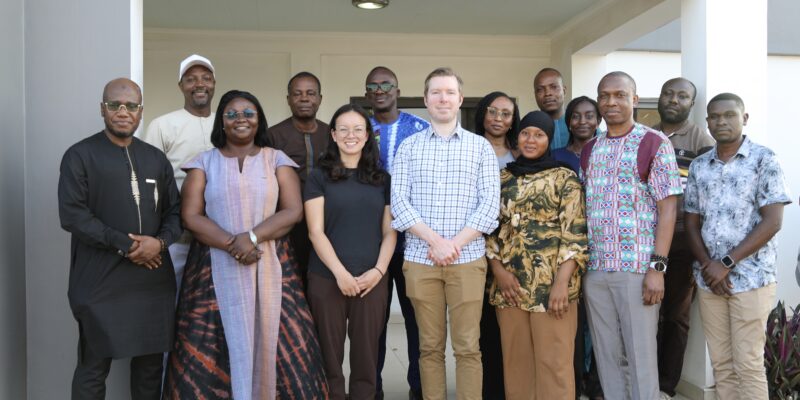

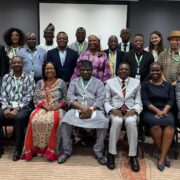

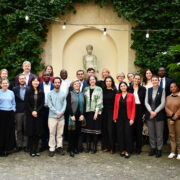


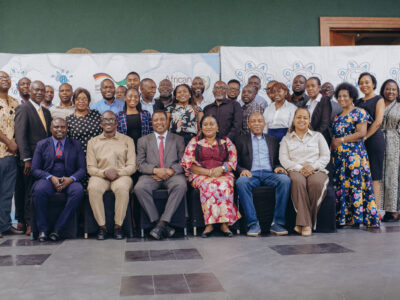
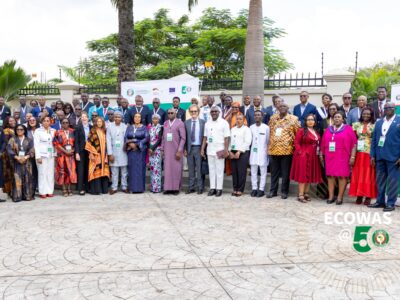

Comments